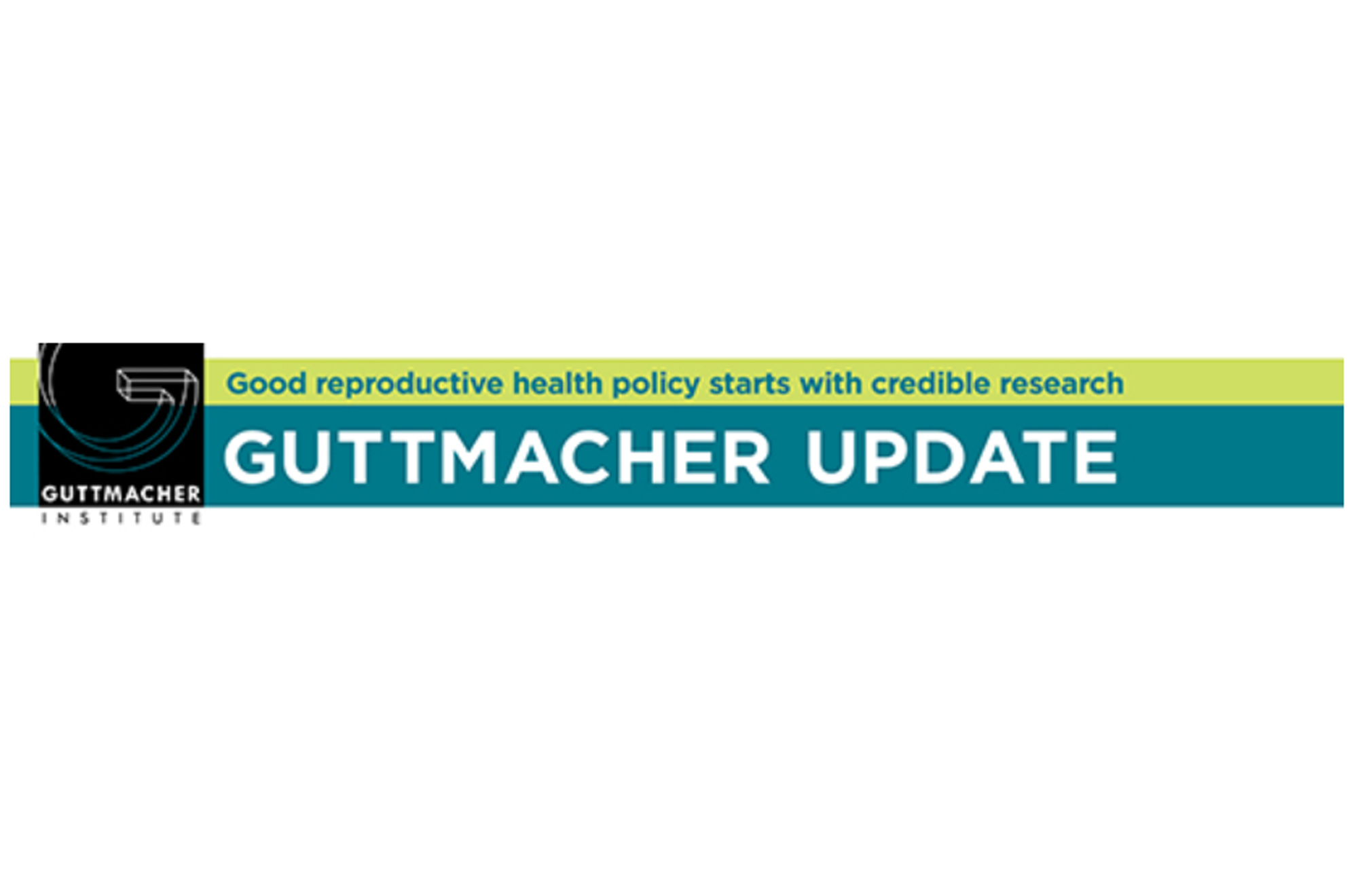
by Laura D Lindberg, Jennifer Mueller, Marielle Kirstein, Alicia VandeVusse
The Covid-19 pandemic and its health, financial and social disruptions continue to impact whether and when people want to have children in the United States, according to a Guttmacher Institute study released in December 2021.
The study, based on a survey conducted in summer 2021, finds that although Covid-19’s impact on childbearing plans has lessened since the beginning of the pandemic, 15% of respondents said they wanted fewer children or to have children later because of the pandemic. The top three reasons respondents cited for this change were: concern about money; not a good time to bring children into the world; scared to be pregnant or give birth during the pandemic. Some 19% of respondents also had trouble getting their contraception or other sexual and reproductive care during the previous 12 months of the pandemic.
This study is a follow-up to a June 2020 Guttmacher report documenting that at the beginning of the pandemic, 34% of respondents said they wanted to get pregnant later or wanted fewer children because of Covid-19, while 33% of respondents faced delays or were unable to get contraception or other care because of Covid-19.
The Guttmacher Institute Principal Research Scientist Laura Lindberg said: “The impacts of Covid-19 appear to be diminishing as the pandemic stretches on, with 15% of respondents in our new study saying they want fewer children or to have children later. This indicates that Covid-19’s impact may have been more of a short-term fertility shock.”
COVID-19 is making health disparities worse
The study also finds that the Covid-19 pandemic continues to have a disproportionate impact on those already marginalized because of their race, income or sexual orientation. Substantial proportions of the following groups experienced Covid-19–related barriers to contraceptive and other sexual and reproductive health care:
– Black respondents (25%)
– Hispanic respondents (26%)
– Asian and Pacific Islander respondents (21%)
– LGB+ respondents (24%)
– Transgender and other gender-diverse respondents (28%)
– Lower-income respondents (21%)
– Respondents who had financial and employment difficulties in the past year (21%).
This compares with White (14%), straight (18%), cisgender (18%), and financially better-off (16%) or employed (17%) respondents.
Telehealth is helping contraceptive access
Finally, the study shows that telehealth is helping to bridge gaps in sexual and reproductive care caused by Covid-19. Among those who received contraceptive care in the last six months, at their last visit:
– 49% received in-person care
– 17% used telehealth or online services, of whom 44% were new users during the pandemic
– 34% received care from a pharmacy, drugstore or some other place.
Telehealth was a more common source of care for respondents who conventionally face barriers. Respondents of color (21–22%) were more likely to use telehealth or online services than White respondents (13%), and lower income respondents (20%) were more likely to use them than higher income respondents (15%). However, respondents who used telehealth or online services for contraceptive care were less likely than those obtaining in-person care to rate the overall quality of care as excellent (47% vs. 55%), indicating that work remains to be done to ensure that telehealth services are consistently high quality and equitable.
FULL REPORT: The Continuing Impacts of the COVID-19 Pandemic in the United States: Findings from the 2021 Guttmacher Survey of Reproductive Health Experiences, December 2021



